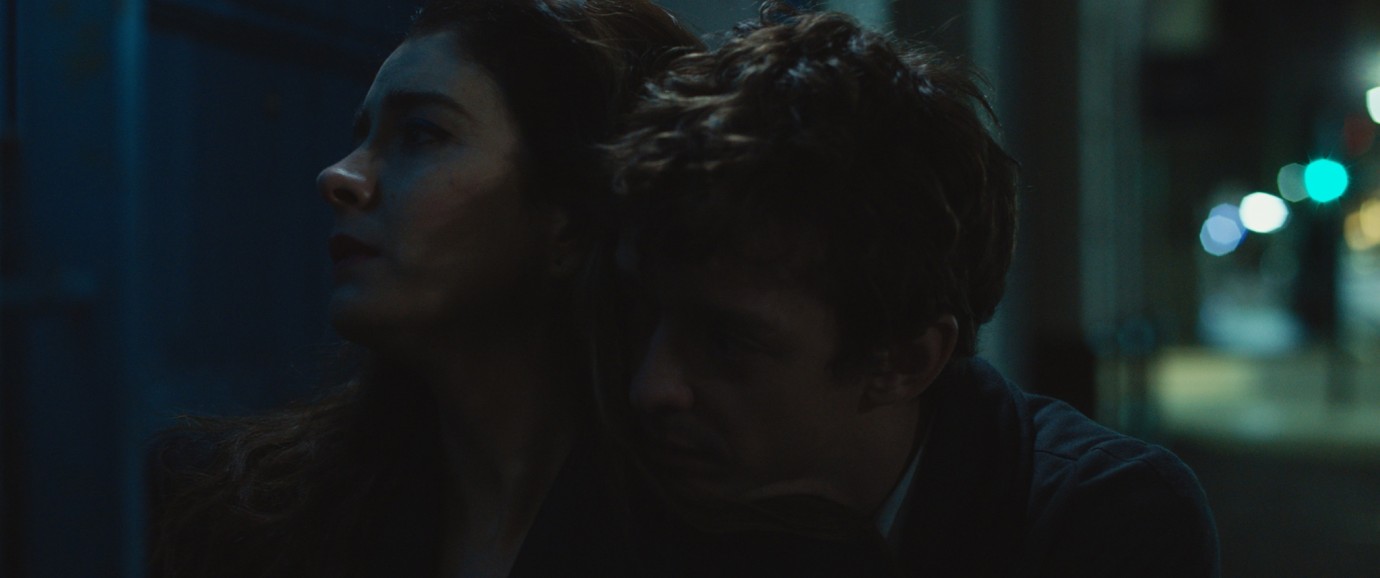‘The Intruder’: Film Review
By Jessica Kiang
LOS ANGELES (Variety.com) – Take two parts De Palma, one part Zulawski, four parts “Berberian Sound Studio” and dissolve the whole in about a million parts water, and the resultant dilute solution might approximate “The Intruder,” an oddly flavorless supernatural psycho-thriller from sophomore Argentinian director Natalia Meta. The claustrophobically close-up tale of a woman’s mental unraveling in the wake of a traumatic incident, the film is an adaptation of regional cult favorite “El mal menor” (literally “The Lesser Evil”) by C.E. Feiling, which is evidently a horror-tinged riff on gender and sexual identity. As such, it comes to a stalwart but perhaps rather respectable Berlin competition lineup promising a welcome blast of genre-inflected chaotic-evil energy.
But Meta chooses not to fully embrace the story’s lurid potential. Instead, the film’s murkily mystical excesses – the mysterious pipe-organ tuners, terrible boyfriends, anti-mothers, sonic hauntings, sound engineers with a sideline in experimental electrotherapy and dream-creatures which can cross over from nightmares into the real world and assume physical form — feel unconvincingly garish in the flat light of DP Barbara Alvarez’s strangely prosaic photography.
Inés (Érica Rivas, the disgruntled bride in “Wild Tales”) is a member of a Buenos Aires choir and a voice actor whom we first meet doing her day job providing the breathy gasps, squeals and Spanish-language dubbing for some sort of bondage sex film. (One can be forgiven for gazing rather longingly at both it and the other J-horror-esque film that Inés works on: they look like fun.) Next thing, bad flyer Inés is on a plane en route to her vacation with immediately aggravating new boyfriend Leopoldo (Daniel Hendler, “The Sleepwalkers,” “The Moneychanger”). He forces a sleeping pill into her mouth and is rewarded with a scratched cheek when Inés has a vivid nightmare involving his death.
For a time it seems the film’s main concern will be the serio-comic observation of a relationship of latent but developing toxicity. There are acutely recognizable squirm-inducing moments — such as when Leopoldo joke-serenades Inés at karaoke but barks “Inés!” at her the moment she drops her embarrassed gaze from him. But one night his clingy possessiveness goes too far, they argue, and while Inés is locked in the bathroom recounting a recurring dream of an intruder, there is the sudden sound of scuffle. Emerging warily onto their balcony, Inés discovers Leopoldo’s body floating in the resort pool below — and no, this cannot be considered a spoiler, since it’s only now that the opening title flashes up, and we realize this whole section has just been a prologue.
The real story is Inés back at home in Buenos Aires (not that we get much of a sense of the city from the close-on framing and largely interior settings). Recovering from the shock of Leopoldo’s death, she sleeps badly, popping a cocktail of pills. The stress seems to be affecting her voice somehow — perhaps, according to the chief mystic here, a silver-haired older actress named Adele (Mirta Busnelli), for supernatural reasons? Her mother (Cecilia Roth, “Pain & Glory”) comes to stay with her, and she strikes up a new relationship with Alberto (Nahuel Pérez Biscayart, “BPM”), the young man brought in to tune the massive organ in the concert hall where she and her choir practice. Meanwhile, her regular sound engineer Nelson (Agustín Rittano) has discovered a strange arrhythmic noise marring her recordings, which seems to be coming from inside her somehow.
Aside from a few visually striking, spooky nighttime sequences with Inés alone in the recording booth while horror imagery is projected mutely onto the wall, the job of atmosphere-building is largely left up to Guido Berenblum’s sound design, and he, at least, takes several opportunities to go for broke. Luciano Azzigotti’s score weaves in and out of the mix, while the choir subplot lends some unearthly soundtrack cuts. But there are also maddening mosquito-drones and staticky electro buzzes that occasionally give way to the high camp of Alberto’s crashing Gothic organ chords. Still, cast against such pallid imagery and storytelling that does not come across as enigmatic and complex so much as timid and confused, there is only so much the bombastic sonic landscape can do. Overwrought would be a blessing here — is “under-wrought” a thing?
Perhaps the key issue, aside from the inherent silliness of the unsubstantiated mystical psychobabble that is fielded as an explanation for Inés’ “condition” is that Inés herself is not a particularly well-developed character. Despite Rivas’ best efforts, she remains a cipher right up until the end, when a sudden nod to non-binary gender identity suggests a novel, if rather dubious solution to the problem of being locked in the labyrinth of a single character’s self-involved and not terribly interesting psychology.

